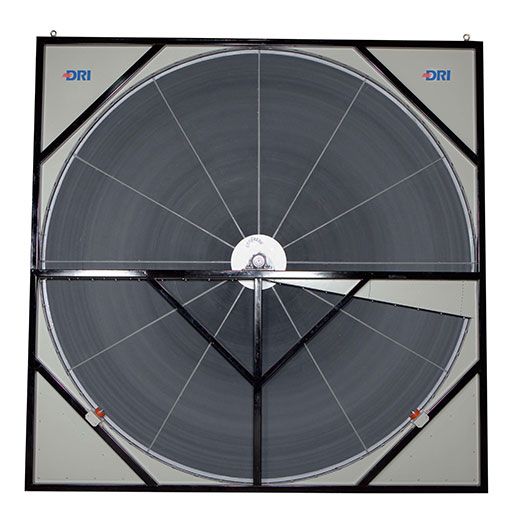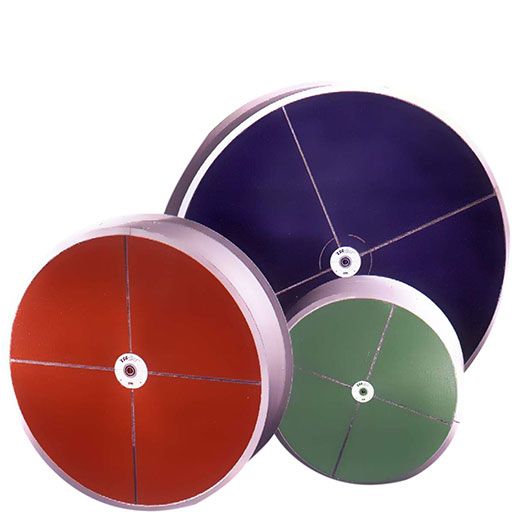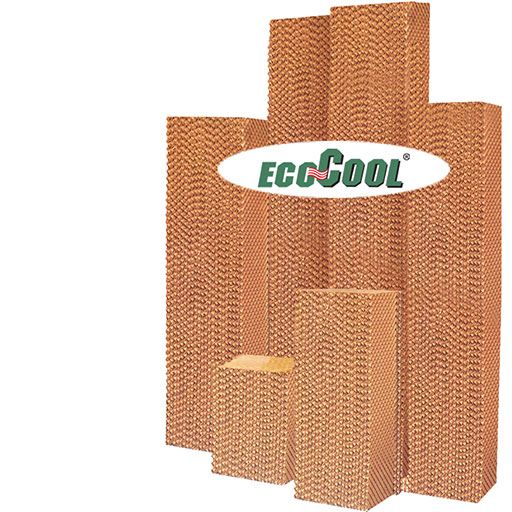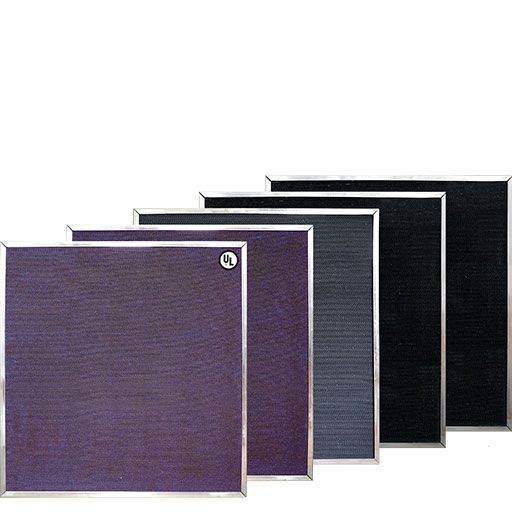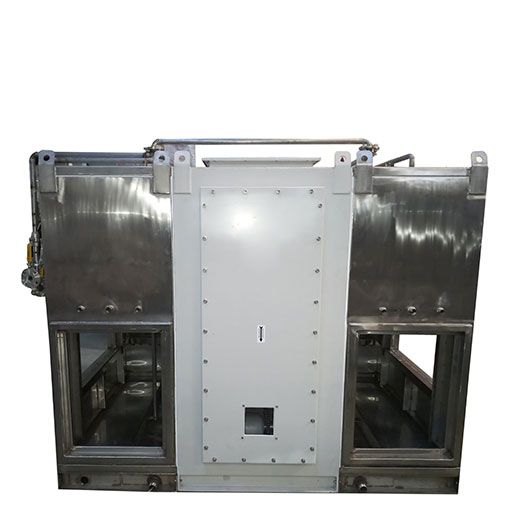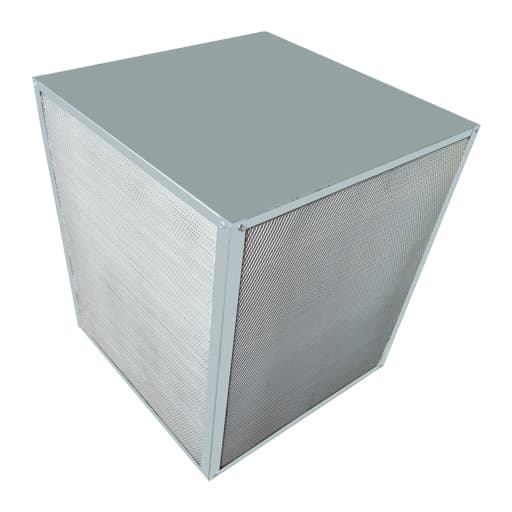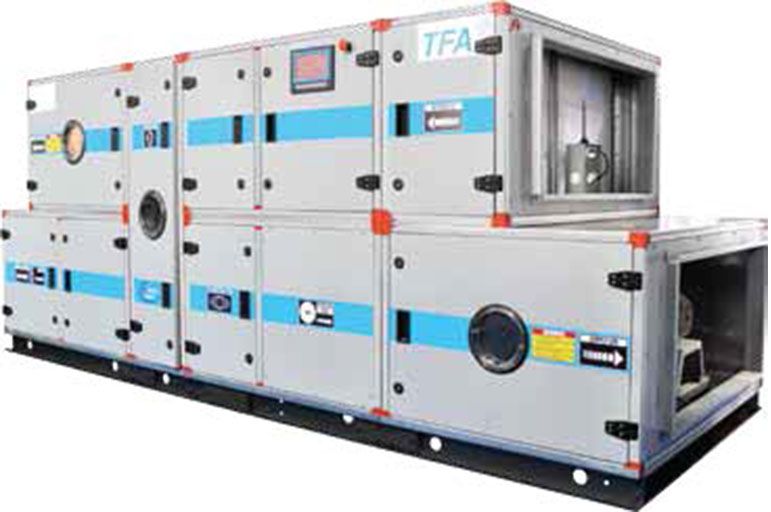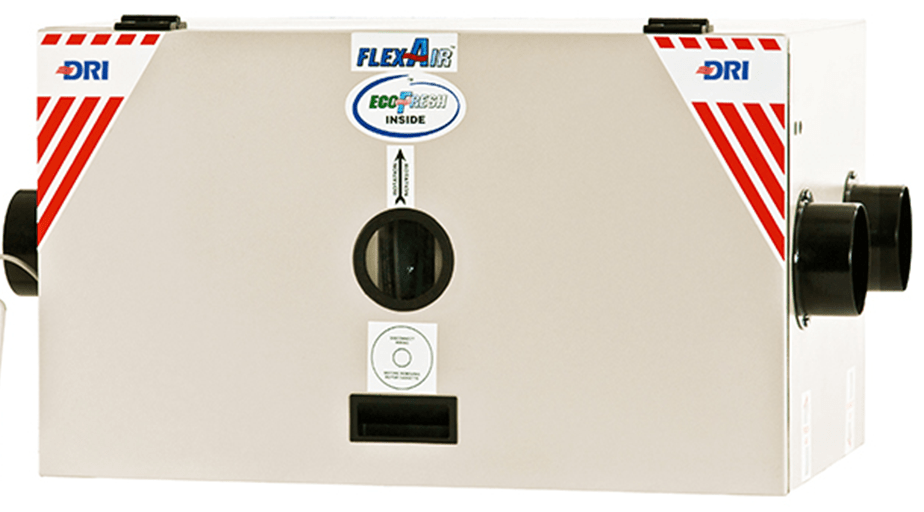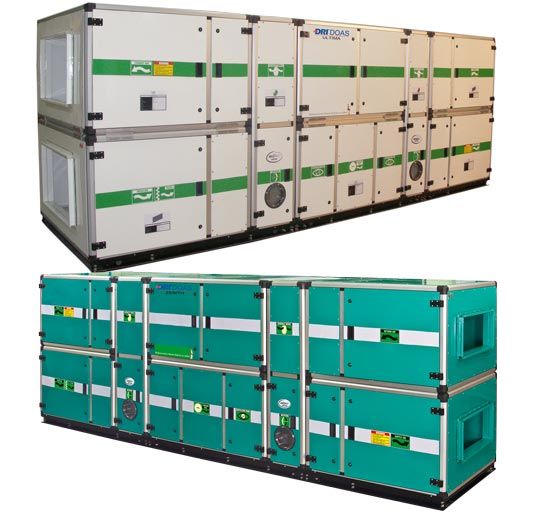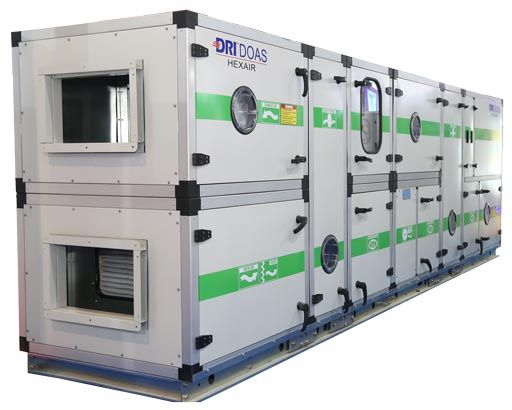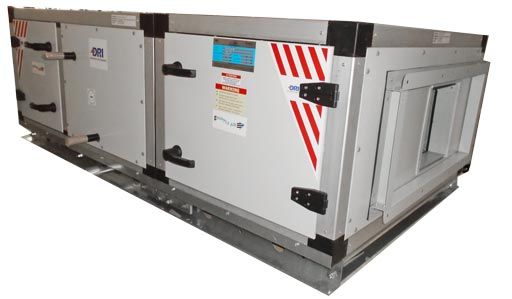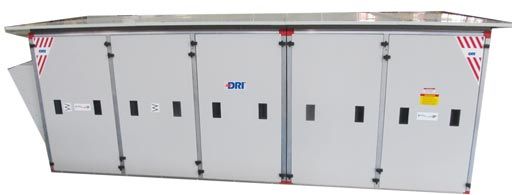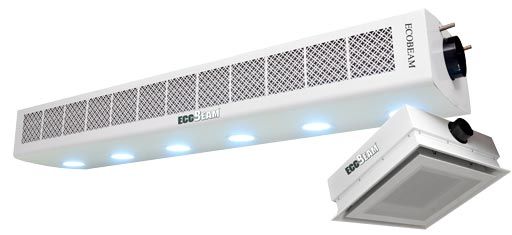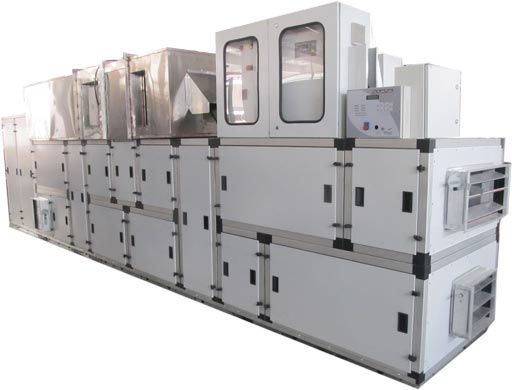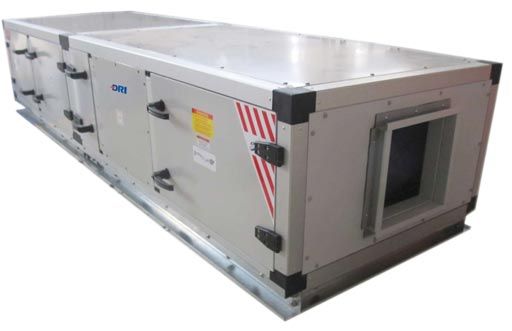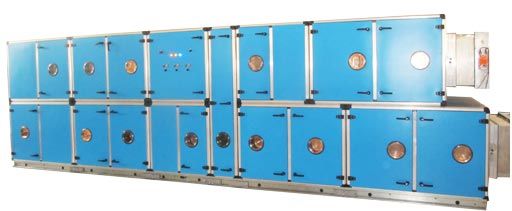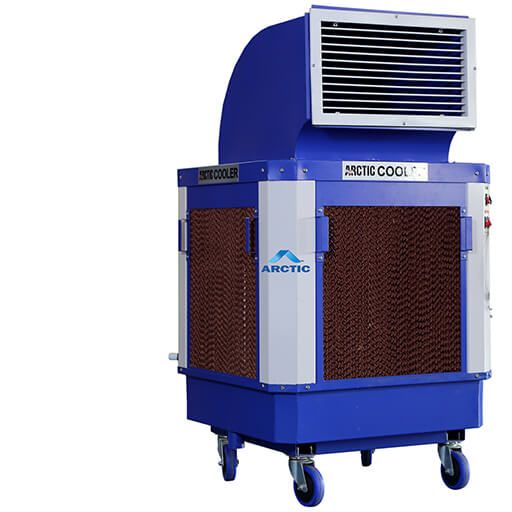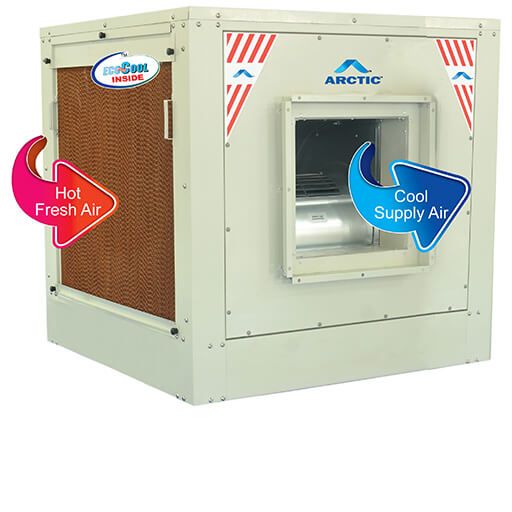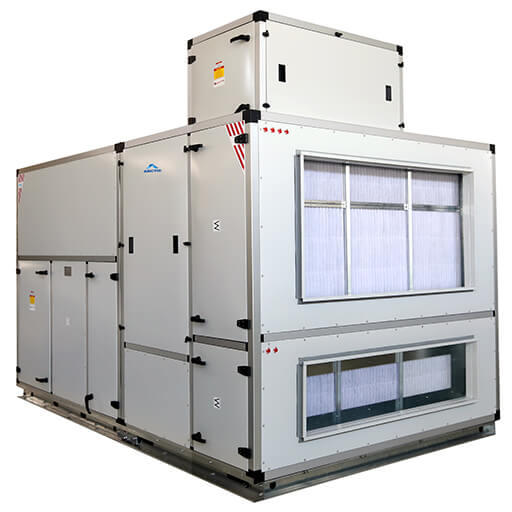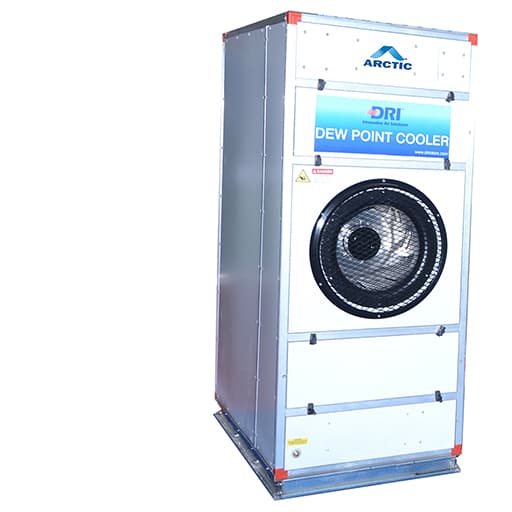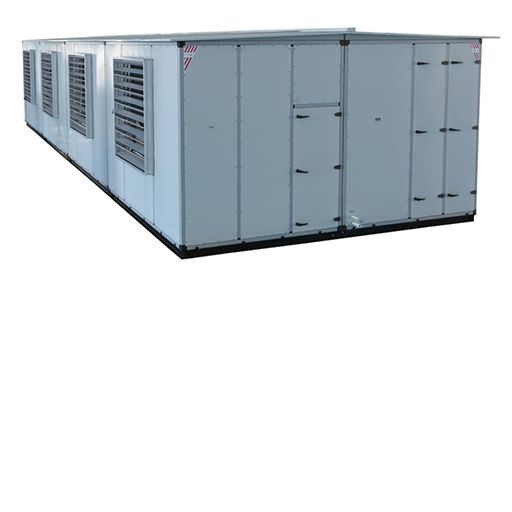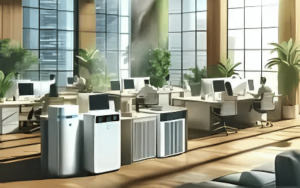Rahul Aeron, Assistant Vice President, Desiccant Rotors International | Construction Week | March 3, 2022
Over the years there has been much conversation around the alarming pollution levels in the air. From government policies to academics, huge steps have been taken to create awareness and curb the menace of pollution. But just countering the outdoor air pollution is not enough. The issue of poor indoor air quality (IAQ) has always been there and in recent years has emerged as a potential threat to human health. As people are highly conscious of outdoor air pollution it is time to focus on IAQ as well. It is potentially more detrimental than outdoor air pollution and to control the holistic issue of pollution it is equally imperative to counter the problem of poor IAQ just like the outdoor pollution.
As a large amount of time is spent indoors, quality IAQ containing breathable air, free from all pollutants adds to the higher quality of life by lowering risks associated with respiratory illness and also reducing the risk of chronic conditions. Poor IAQ has a damaging effect and can negatively impact health. Research has shown that people continuously exposed to a certain level of carbon dioxide have reduced cognitive performance by 50%. Health conditions like asthma, respiratory illness, throat, and nasal illness, coughing, scratchy throat, headaches, fatigue are common symptoms arising from poor IAQ. In certain cases, it can also lead to Sick Building Syndrome and complications of lung and heart conditions. Consequently, long-term exposure can be precursors of serious conditions. It may either exasperate the pre-existing conditions or may give rise to new health issues.
People might think that closing the windows and doors will protect them from pollution. But various elements within the closed premises deteriorate the air quality. There are various volatile organic compounds (VOCs) like synthetic building material, furnishing, cleaning supplies, aerosols, dust present in the building. They add to the pollutants already present in the air and meddle with the decision-making capacity and productivity of the person. In addition to this, the presence of humidity can further worsen the condition. It harbors mold and mildew responsible for the musty odor, condensation, and other conditions which are not visible to the eyes. The situation gets even worse in commercial and large buildings due to their complex structure and probability of being huddled with a large crowd of people.
This necessitates the removal of pollutants from the air for improved environmental benefits and public health. Here, ventilation can significantly lower the pollution level. But simply depending on natural ventilation will not give the desired results. They do not have enough power to move the air consistently. It also mixes the fresh air coming from outside with the contaminated indoor air and does not guarantee an air change rate.
Highly advanced ventilation is required. Mechanical ventilation systems must be installed for this purpose. It ensures a steady flow of fresh air throughout the building. It not just removes the stale indoor air but filters pollutants coming in from the outdoor air. An Energy Recovery Ventilator in the air conditioning system can provide a simple solution to all ventilation issues. The system improves IAQ by ventilating the space and flushing out harmful pollutants.
All this is done while being highly conscious of energy. There is minimum wastage of energy as the system utilizes waste heat of exhaust air to cool the incoming air. The ERV plays an instrumental role in saving energy which reduces the operational costs of HVAC systems. It is efficient enough to ventilate even the conditioned spaces without compromising on the air conditioning load.
The detrimental consequences of poor IAQ necessitate IAQ literacy at every stage of life as it affects each and every one, irrespective of age and place. Proper knowledge can better help people to be aware of the inherent threat lingering inside the building and deploy the necessary technologies to combat the effect of poor IAQ.

